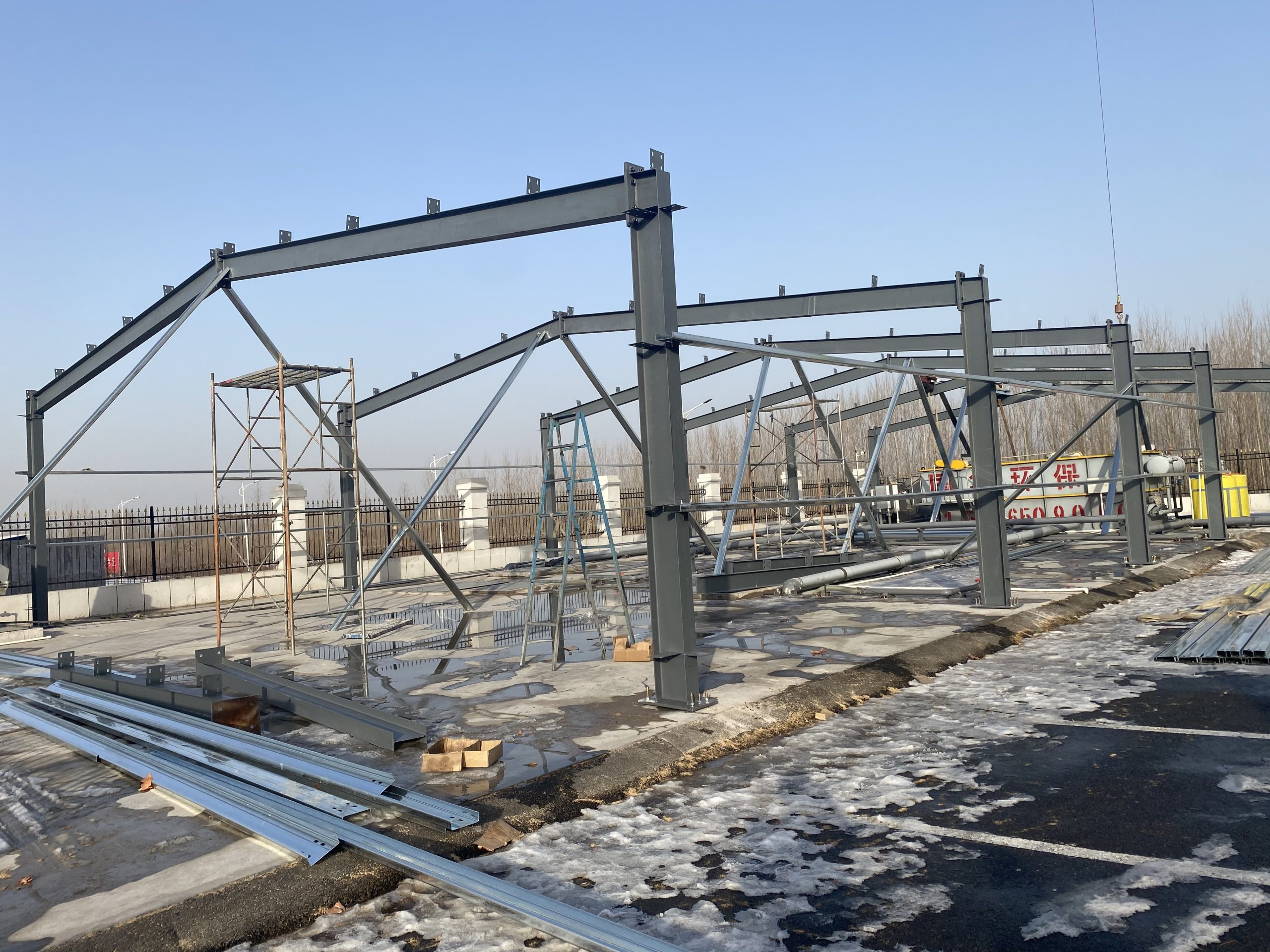Table of Contents
Exploring the Impact of Edge Treatment on Light Panel Connection Strength in Building Components
Exploring the Impact of Edge Treatment on Light Panel Connection Strength in Building Components
In the realm of architectural design and construction, the integration of light panels has become increasingly prevalent. These panels not only serve functional purposes but also contribute significantly to the aesthetics of a building. However, ensuring the safe connection and firmness between these panels and other building components is paramount for structural integrity and longevity.
One of the key factors that influence the connection strength of light panels is their edge treatment. The way in which the edges of these panels are designed and treated plays a crucial role in determining their ability to securely connect with adjacent components. Let us delve deeper into how different edge treatments impact the overall connection strength and firmness in building structures.
Firstly, it is essential to understand that the edge treatment of light panels serves multiple purposes. Beyond aesthetics, edge treatments are designed to enhance durability, mitigate potential damage, and facilitate seamless integration with surrounding materials. By carefully selecting appropriate edge treatments, architects and engineers can effectively address these considerations while optimizing connection strength.
One common edge treatment technique involves bevelling or chamfering the edges of light panels. This process entails cutting or shaping the edges at an angle, creating a sloped surface. Bevelling not only adds a visually appealing detail but also reduces the likelihood of sharp edges, which could pose Safety risks during installation and maintenance. Moreover, the angled edges promote better load distribution and enhance the overall stability of the connection between panels and adjacent components.
Another prevalent edge treatment method is edge sealing or Edge Banding. This involves applying a protective sealant or band along the edges of the light panels. Edge sealing serves as a barrier against moisture infiltration, preventing water damage and corrosion that could compromise the connection strength over time. Additionally, it helps to maintain the structural integrity of the panels by preventing delamination or separation of layers.
Furthermore, the connection structure between light panels and building components plays a pivotal role in ensuring firmness and stability. Traditional methods such as mechanical Fasteners, adhesives, or interlocking systems are commonly employed to secure light panels in place. The choice of connection structure depends on various factors including the material properties, load requirements, and environmental conditions.

Mechanical fasteners such as Screws, Bolts, or Clips offer a robust and reliable means of connecting light panels to structural elements. When combined with appropriate edge treatments, mechanical fasteners create a secure bond that withstands dynamic loads and external forces. Adhesive bonding, on the other hand, provides a seamless and aesthetically pleasing connection while distributing stress evenly across the panel surface.
Interlocking systems, including tongue-and-groove joints or snap-fit mechanisms, offer ease of installation and enhanced structural integrity. These systems rely on precise edge treatments to ensure tight tolerances and proper alignment between adjoining panels. By eliminating the need for external fasteners, interlocking systems contribute to a cleaner and more streamlined aesthetic while maintaining connection strength.
In conclusion, the edge treatment and connection structure of light panels play a critical role in improving the safe connection and firmness between building components. By carefully selecting and implementing appropriate edge treatments and connection methods, architects and engineers can enhance the structural integrity, durability, and aesthetics of building designs. As the demand for innovative building materials continues to grow, attention to detail in edge treatment and connection design will remain paramount in achieving optimal performance and longevity in architectural projects.

